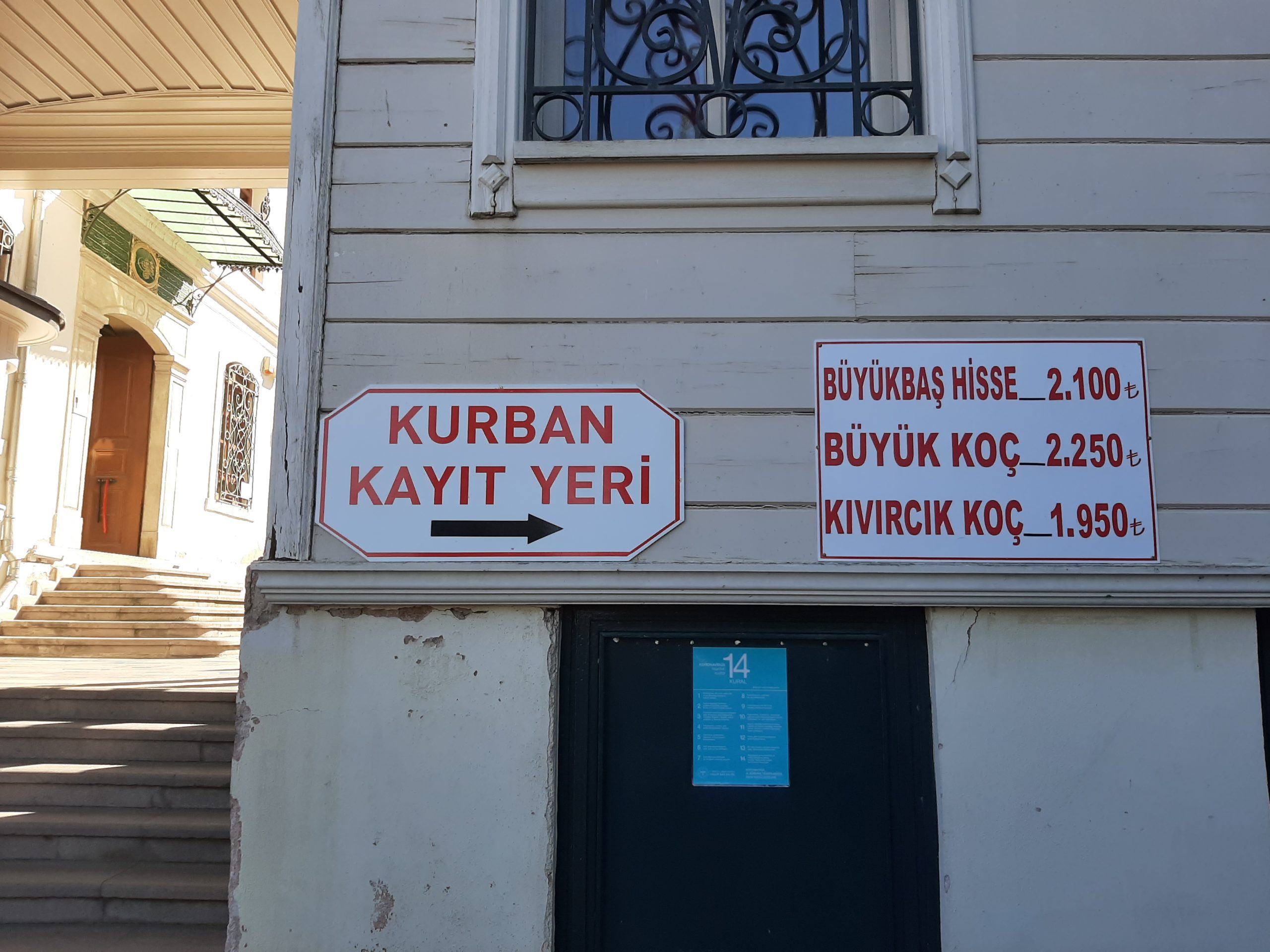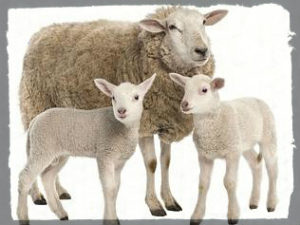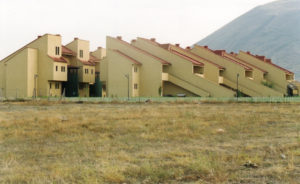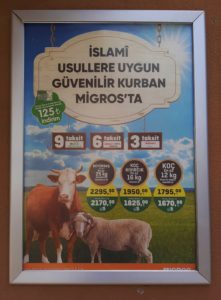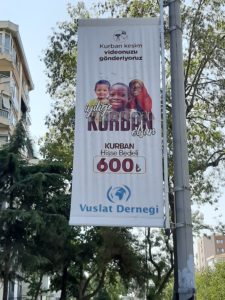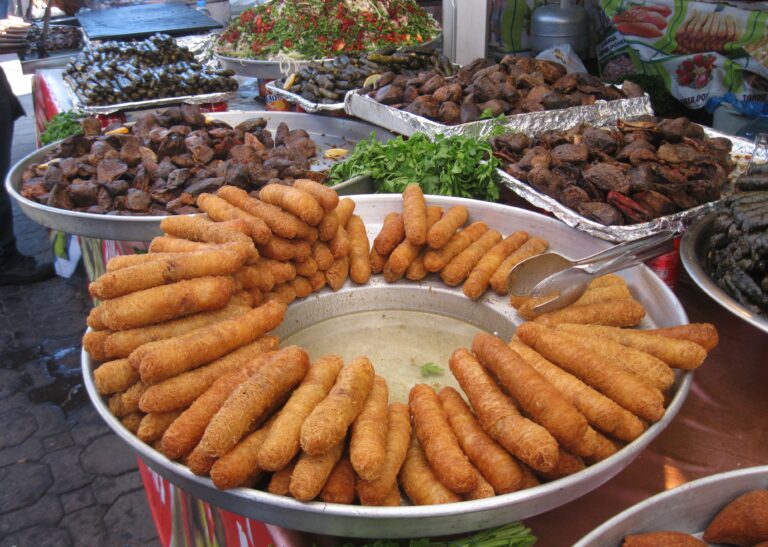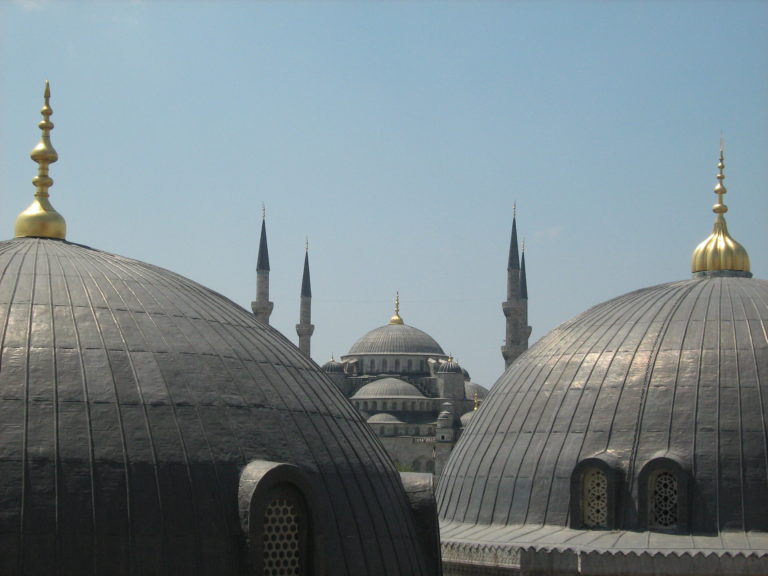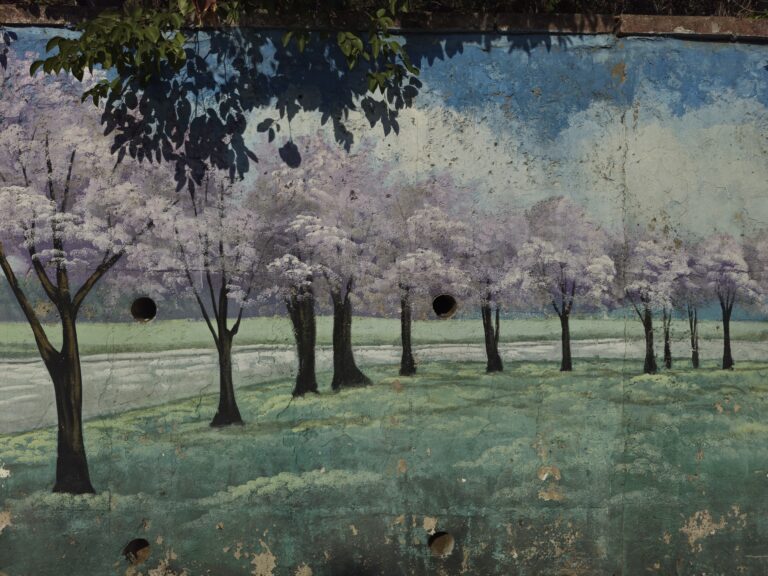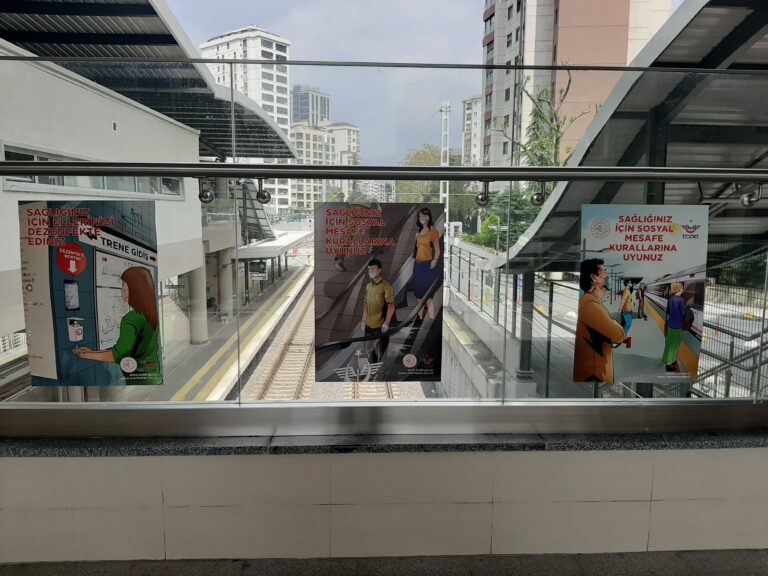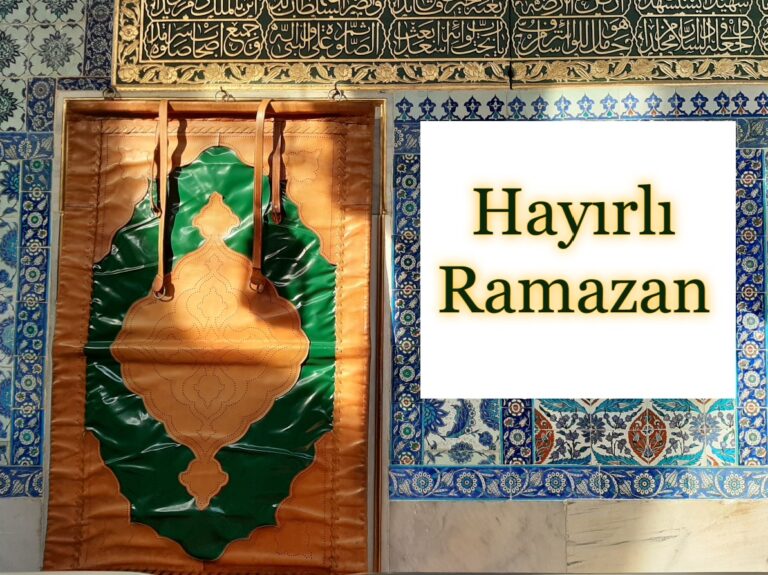Kurban Bayram – The Feast of Sacrifice
Kurban Bayram, known as Eid el-Adha in Arabic, is the most important Islamic festival of the year in the Muslim world. It falls about seventy days after Ramazan and the start dates for each are determined by the Muslim calendar, thus changing every year. Traditionally, all Muslims are expected to mark this occasion by sacrificing a cow, sheep, goat or even a camel in some countries, in memory of the prophet Ibrahim.
According to the story, such was Ibrahim’s faith he was prepared to give up the life of his son Ismail for Allah. However before he could carry out the sacrifice Allah intervened and recognised his loyalty by giving Ibrahim a lamb to sacrifice instead. In Judaism and Christianity it was Abraham and his son Isaac. Non-believers most often focus on the act of killing, but the concept of sacrifice denotes gratitude, devotion and the individual’s submission to a higher power.
The proper process for carrying out kurban is carefully structured, but you might want to skip this next paragraph if you’re squeamish …
Whichever animal is sacrificed, the killing can take place on any of the four days of Kurban Bayram, but must be completed by the third prayer on the fourth day. The method by which this is done, called helal in Turkish, is extremely important. The animal must be alive and calm, the knife sharp and the person wielding it a Muslim. Ritual prayers are recited and the sacrifice must be done with a single cut through the throat that does not severe the spine, so the animal dies instantly.
After the blood is drained from the carcass the meat is chopped and minced before being distributed in three even quantities, one for close relatives, a second for those more distant, and the last third for the poor.
In the weeks leading up to Kurban Bayram it’s not unusual to see flocks of sheep and sometimes cows in unexpected places, even in cities like Istanbul. Pop up barns made from plastic and timber suddenly appear on vacant land, in unused car parks and even next to bus stops (for maximum exposure to potential customers I’d guess).
The ritual slaying is meant to take place in facilities designated or approved by the council and when I lived in Istanbul in 2000, a huge car park attached to a hypermarket was regularly used as an official al fresco abattoir. Turkish friends said this had worked well in winter, but when Kurban Bayram fell in summer, the stench of dried blood lingered in the air for weeks.
In 2003 I worked at a government university in Kayseri, central Turkey, and that year the penalty for killing animals in the street or in any unauthorised area was equal to about AU$1500. Nevertheless during Kurban Bayram it was common to see animals being slaughtered wherever convenient. Many residents had only moved to the town from villages in the previous decade or so and brought ways of doing things that didn’t always transfer comfortably to an urban setting.
One day my husband and I were out for a pleasant stroll along a main road adjoining the housing complex on campus where we lived. As soon as we reached the nearby suburb of Talas, we were confronted by big pools of blood at the front of apartment blocks where family groups sat together skinning, slicing and separating meat. They worked in strict gender segregation. The men used axes to hack apart the ribcage and major bones of the cow, while women sorted the intestines. Offal and other parts of the carcass are considered great delicacies and go into a soup called kelle paça .
Some families already had fires going and were cooking pieces of meat. Despite what the earnest child psychologists said on TV, the kids present revelled in the sight of the carnage because Kurban Bayram was one of the few times in the year they got to eat red meat. The only trauma they looked to suffer was trying to gobble down bits of innards as fast as they could before another kid snatched it out of their hands.
Next to the small kiosks all along the Talas road, selling bus tickets, bread, cigarettes and other sundries, there were men with mincers, ready to turn rams into köfte for a nominal fee. People with blood-stained hands and clothes rushed to and fro and fathers and sons loaded down with plastic bags full of slabs of fresh meat patiently waited their turn. Other would-be butchers carrying sharp knives walked the streets, spruiking their services.
All the while trucks bearing more cows and sheep bedecked with coloured ribbons and sashes passed by on their way to be killed, followed by packed family cars, forming festive, if somewhat gruesome convoys. From shadowy places by the road came the sounds of animal bones splintering under the axe, and the strong smell of blood brought hungry Kangal dogs down from the snow-covered mountains to scavenge for scraps.
By the end of the first day of Kurban Bayram in 2003 two people had died from heart attacks and 1392 were injured nationwide as a result of accidents with knives. Year on year the only thing that changes is how many.
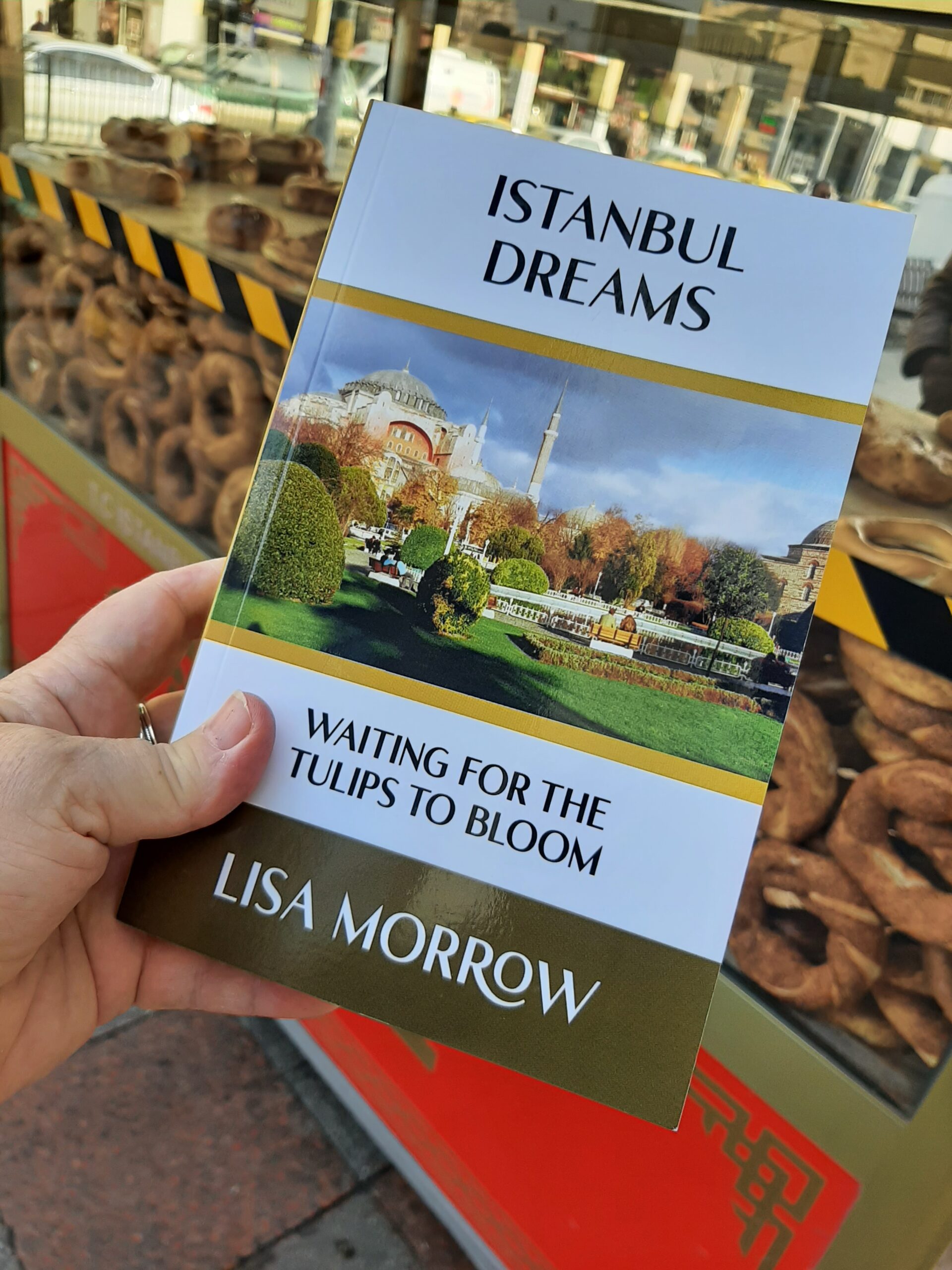
Some years later I was living in Istanbul again in Elmadağ, a neighbourhood on the European side of Istanbul, during Kurban Bayram. On my way home from work one day I passed a local restaurant and saw “Three men in neat and clean waitstaff outfits … frantically wrestling a disobedient sheep into the premises. Every time they tried to push it through the door, the skittering of its hooves on the shiny floor made the sheep panic and twist away, out of their grasp. Looking past them I noted that all the tables and chairs had been stacked at the back of the room, leaving the large tiled floor free.
It is my guess they planned to sacrifice the animal themselves, or pay one of the mobile butchers on hand at this time of year to do the job for them. The site of the kill was important, as the tiles could be easily hosed clean and the bloody water swept away with a broom”. (Excerpt from my memoir Istanbul Dreams: Waiting for the Tulips to Bloom.
As well as the actual sacrifice, people are also expected to visit each other in Kurban Bayram. This means an enormous number of people on the move, bearing chocolates, staying for tea and more chocolates. It’s custom to call on the elderly first, then those who have recently had tragedy or joy come to them, usually in the form of an accident or a new baby. It meant four days of racing from house to house, often receiving people into your home whom you’ve just visited an hour or so before.
On the second day of Kurban Bayram we went to visit our friend and colleague Sevgi, which involved making a trip to the city centre to get another smaller bus to her place. It was pretty quiet in town compared to Talas, but the aftermath of Kurban continued. All the men who bought the skins congregated on street corners, standing around smoking and drinking tea, surrounded by homemade trolleys stacked with pre-tanned bloody hides. Almost nothing was wasted, except perhaps for a few cow tails dangling out of a garbage bin.
It was a public holiday so we had a bit of a wait for the dolmuş (shared minibus) to fill up with passengers before it could depart. A man climbed on board carrying a heavy, double wrapped plastic bag, full of meat.
Meat being the theme of the week, it was no surprise to see white plastic bags of meat, carefully apportioned, stacked ever so neatly on Sevgi’s enclosed balcony. Sevgi’s family had all pitched together to buy a cow. They always cost more than sheep and she estimated it would be 300 million TL, around AUD$300. She couldn’t say for sure because the price was negotiated before and after the cutting. It was usual to pay later as the final price wouldn’t be known for some days.
Distribution of the meat is a very serious business for the person organising it, so our time with Sevgi’s husband Esat was rather short. After briefly greeting us he went back to checking all the portions were equal and confirming the recipients with Sevgi. Family came first and Esat didn’t want to let anyone down. Like many Turks Sevgi and Esat regularly assisted the family of their cleaning lady by giving them gifts of clothes and food so had no meat left over, but those people who don’t personally know enough people contact their local mosque. The mosques use the meat in community kitchens called imaret, preparing and distributing free meals to those in need.
As well as using the Kurban Bayram services like council run adak or offering sites, for a few years people in Kayseri could take their livestock to the rear of the larger supermarkets and wait at the checkout for it to come back piecemeal. These days, in a slightly controversial practice, people can even buy an animal on credit card, although the notion of potentially paying interest rather contradicts the meaning of the act. Payment can be made in instalments.
Some of our Turkish friends prefer to give money directly to those with less rather than sacrifice an animal. Alternatively there are plenty of mosque run and other charitable foundations arranging and selling food and sacrifice packages for donation to the needy.
However it’s carried out, Kurban Bayram is an important acknowledgement of faith and a recognition that individual well-being cannot be separated from the welfare of all. Given the events of the last few years, whether you believe in a higher power or not, this message resonates more than ever now don’t you think?
* * *
I hope you have a better understanding of Kurban Bayram after reading this post. Here are some other things to help you plan your trip to Turkey
For FLIGHTS I like to use Kiwi.com.
Don’t pay extra for an E-VISA. Here’s my post on everything to know before you take off.
However E-SIM are the way to go to stay connected with a local phone number and mobile data on the go. Airalo is easy to use and affordable.
Even if I never claim on it, I always take out TRAVEL INSURANCE. I recommend Visitors Coverage.
I’m a big advocate of public transport, but know it’s not suitable for everyone all the time. When I need to be picked up from or get to Istanbul Airport or Sabiha Gokcen Airport, I use one of these GetYourGuide website AIRPORT TRANSFERS.
ACCOMMODATION: When I want to find a place to stay I use Booking.com.
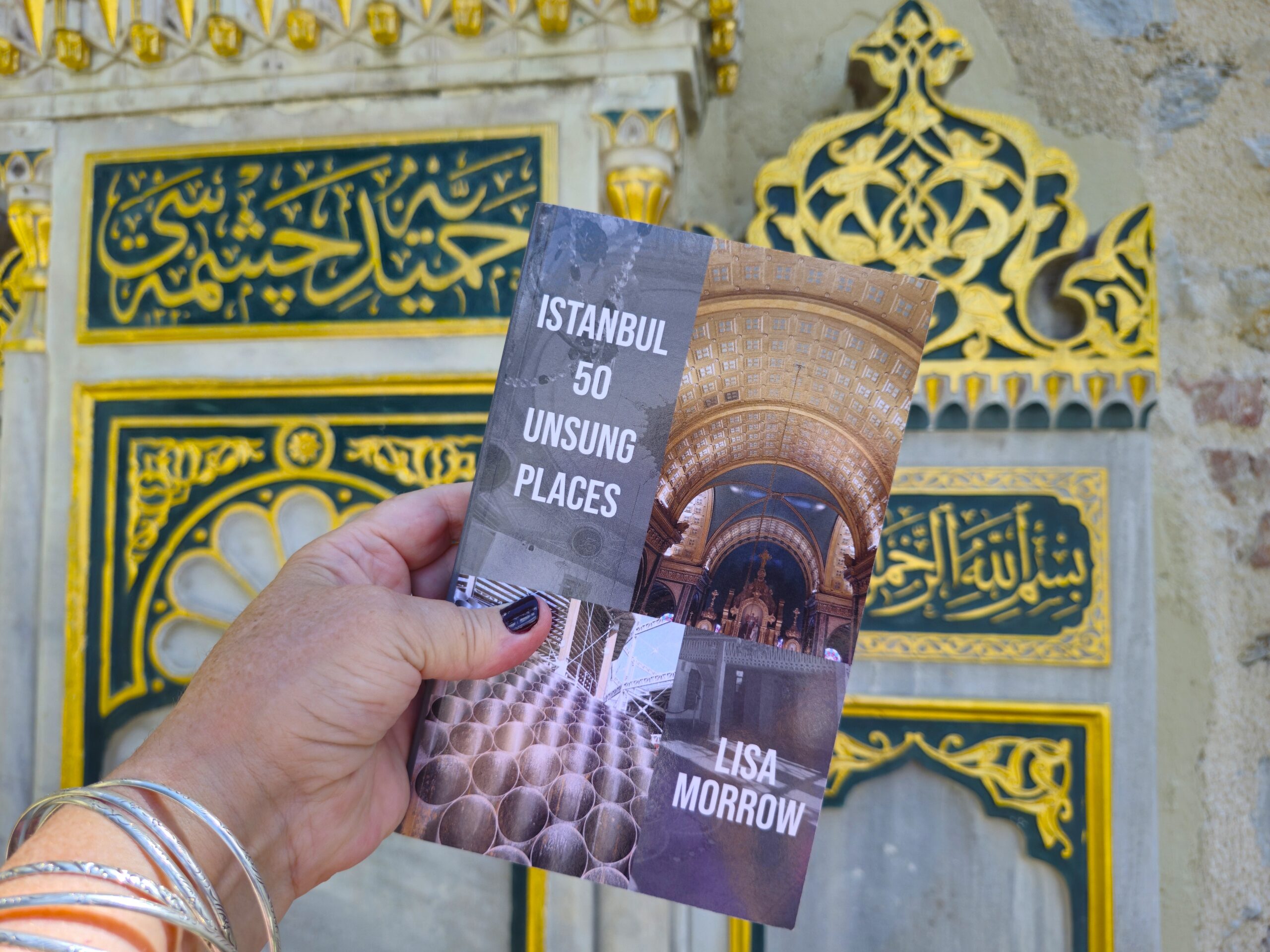
CITY TOURS & DAY TRIPS: Let me guide you around Kadikoy with my audio walking tour Stepping back through Chalcedon or venture further afield with my bespoke guidebook Istanbul 50 Unsung Places. I know you’ll love visiting the lesser-known sites I’ve included. It’s based on using public transport as much as possible so you won’t be adding too much to your carbon footprint. Then read about what you’ve seen and experienced in my three essay collections and memoir about moving to Istanbul permanently.
Browse the GetYourGuide website or Viator to find even more ways to experience Istanbul and Turkey with food tours, visits to the old city, evening Bosphorus cruises and more!
However you travel, stay safe and have fun! Iyi yolculuklar.
